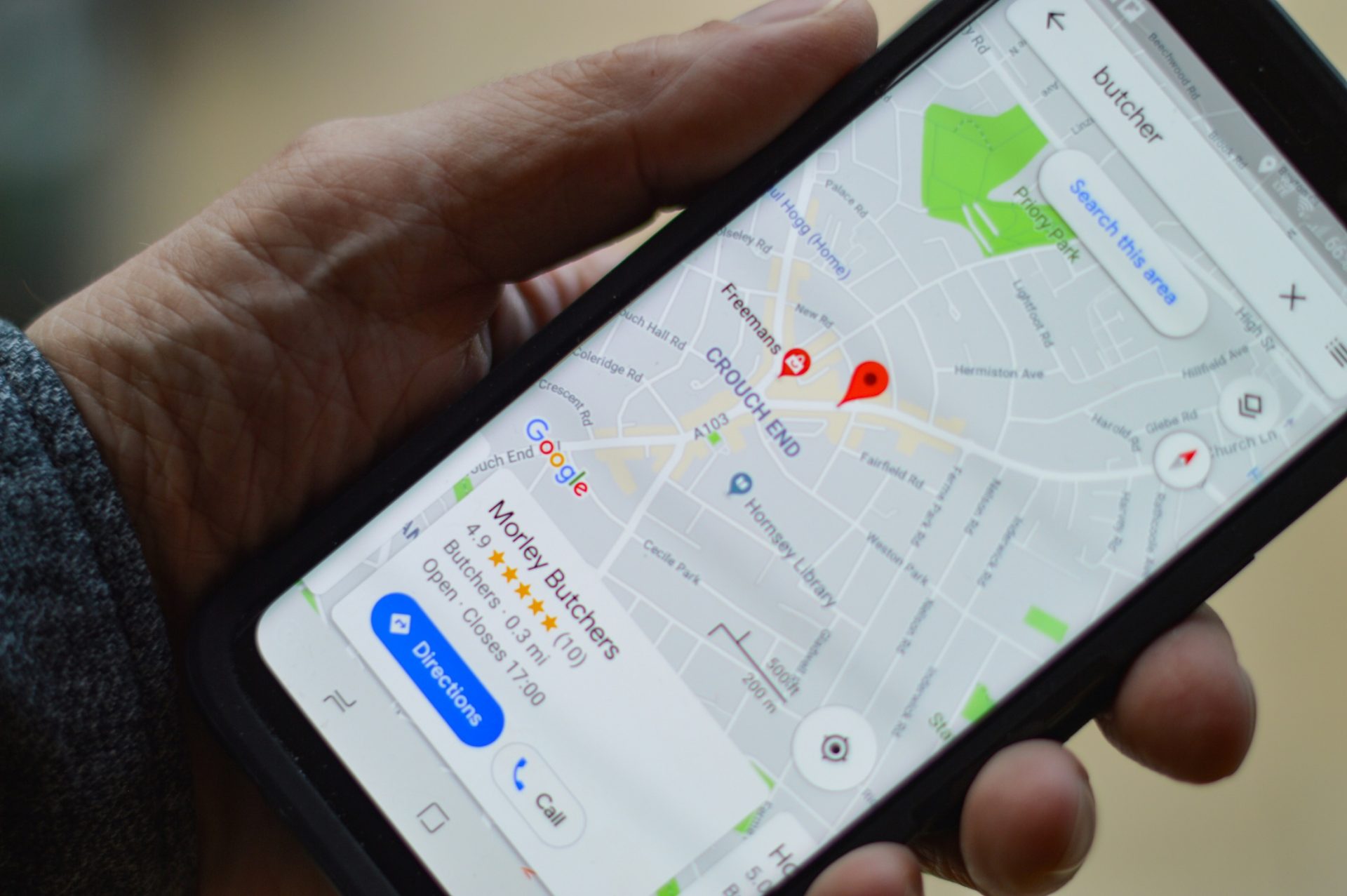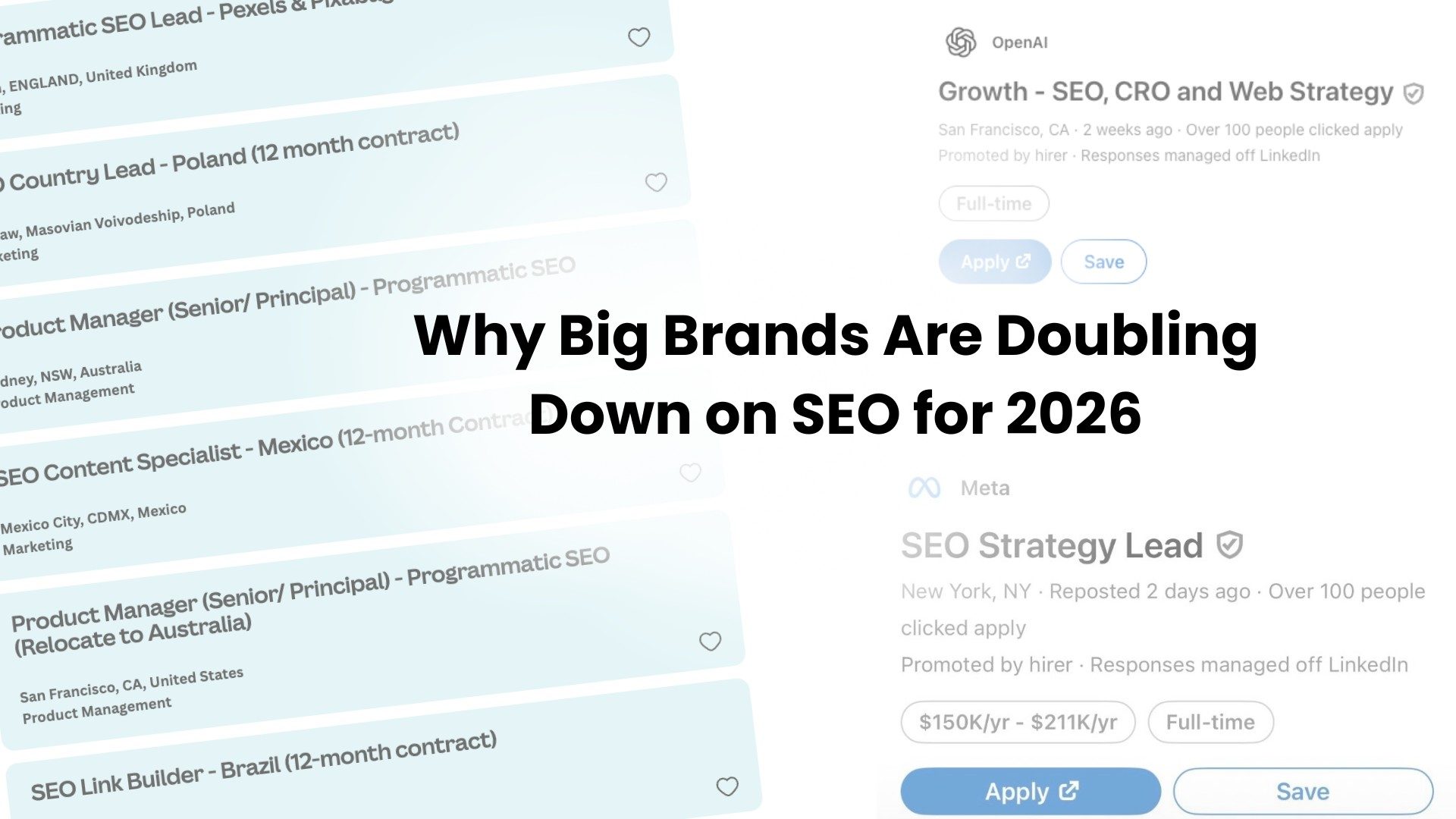How To Respond To Google Reviews & What It Means For SEO

As we already know as business owners, when someone is searching for a local service, an expert, a restaurant, or even a product, reviews have become a core part of their decision-making process.
When someone Googles your brand (or finds your listing organically), they don’t just see your website. They also see your Google star rating, review count, and even specific reviews and their replies.
As an SEO who also runs a business (and as a customer myself), here’s the practical playbook: how customers actually use reviews, how to respond (to both praise and problems), and why consistent, policy-safe review management is a real SEO lever.
How Customers Really Use Google Reviews (And What They Notice)
1. Customers Scan The Pattern, Not Just The Stars
Receiving a string of 5-star reviews feels fantastic, and it is a well-earned reflection of great work. But from a new customer’s perspective, that wall of stars isn’t the whole story. They don’t just glance at the average rating; they scan the full pattern, including recency, volume, tone, themes, and especially how (or if) you respond.
In BrightLocal’s 2025 Local Consumer Review Survey, 83% of US consumers said they rely on Google to read local business reviews, and the data shows customers are now more discerning than in past years. They also look for recent reviews, ideally within the last month, and pay attention to how consistent and authentic the feedback feels. That means a business with steady, detailed reviews from real customers can feel more trustworthy than one with a flawless but outdated record.
This behavioural shift is echoed in The Impact of Online Reviews on Consumers’ Purchasing Decisions (Chen et al., 2022), an eye-tracking study published in Frontiers in Psychology. Researchers found that participants spent significantly more visual attention on negative reviews than on positive ones, fixating longer and revisiting them more often. Even more telling, this visual attention was statistically linked to purchase intention: what people focused on in reviews directly influenced their likelihood to buy.
Together, these findings highlight a critical truth for business owners and SEOs alike: customers don’t take reviews at face value. They’re reading patterns, weighing recency, credibility, and your responsiveness before they ever click through to your website.
2. Responses Change Behaviour
How you handle feedback speaks volumes about your business. Customers absolutely read your replies to gauge your fairness, empathy, and accountability. It’s the modern equivalent of watching how a manager handles a complaint in-store.
From a brand perspective, this is where you demonstrate culture in action. A quick, professional, and human response tells customers:
- You’re listening and not afraid of transparency.
- You care about the experience after the sale, not just before it.
- You’re willing to fix issues, not ignore them.
A 2021 Harvard Business Review analysis found that businesses that consistently replied to reviews saw higher overall ratings over time, and not just because they fixed problems, but because their responsiveness encouraged more balanced, constructive feedback from future customers.
3. Authenticity Beats Volume-For-Volume’s Sake
When it comes to Google reviews, authenticity outweighs quantity every time (well…almost, but let’s just explore this idea). A stream of genuine, detailed feedback from real customers can absolutely outperform a sudden burst of suspiciously perfect five-star reviews purchased from Fiverr.
Like we already mentioned, consumers are far more sceptical about what they read online, to the point where they look for signals of credibility such as review detail, diversity of tone, and recency.
Incentivising or building up a cabinet of fake, perfect reviews with little to no detail, diversity, or timeliness can absolutely be detected as manipulative behaviour by Google and your customers. This can result in a bad brand image, penalising you both in the real world and online. From an SEO perspective, authenticity is also algorithmically rewarded.
BUT. I hear you. Your 14 reviews can’t compare to your top-performing competitors’ 110, 78, and 96 reviews. But when the gap in performance is that great, you probably shouldn’t risk disrupting the authenticity of your brand in the pursuit of closing that gap. There are many authentic review-building practices to explore before logging on to Fiverr or telling your family at Christmastime to all drop a review of your business. PLUS, 100+ Google Reviews can take years and years of trading to achieve. Don’t compare apples to pears.
Your Response Framework
Use this simple, repeatable structure; it reads well to customers and stays on-policy for Google and brand safety.
General Tips
- DON’T GET EMOTIONAL. Don’t let that one customer you couldn’t please ruin your week.
- Reply within 24–48 hours. Speed signals care and operational awareness.
- Personalise every response.
- Keep private matters private. For negative reviews, acknowledge the concern publicly, but invite the reviewer to continue the conversation privately (e.g., via email or phone).
- Stay on brand. Avoid copy-paste responses or robotic tone.
- Keep it policy-safe. Don’t reveal confidential details, offer incentives publicly, or respond emotionally.
5★ “Raves”
Goal: Reinforce strengths, seed future relevance, and encourage return business.
Formula:
- Thank + personalise (“Thanks, Alex!” / mention service or location).
- Echo the value they called out (speed, clarity, result).
- Light signpost to next step (book again, related service).
Example:
“Thanks so much, Alex! Delighted our same-day forklift repair got you back online. We’ll pass your shout-out to Maya on our service team. If you ever need preventive maintenance, we’ve got flexible monthly options.”
Why it works: customers see warmth + credibility (names, specifics). For SEO, natural language around services/locations in authentic replies can reinforce topical relevance without keyword stuffing. (Over-optimisation reads spammy to humans. Keep it natural.)
4★ “Good but…”
Goal: Turn “almost perfect” into loyalty.
Formula:
- Thank + acknowledge the praise.
- Address the caveat (brief, non-defensive).
- State the fix or invite a quick follow-up if needed.
Example:
“Appreciate the feedback, Priya — and glad you loved the installation. You’re right: wait times ran long on Friday. We’ve added two techs to the afternoon shift. If anything else pops up, message us at service@ so we can jump on it.”
Why it works: You acknowledge the issue without defensiveness, show awareness, and subtly demonstrate improvement, which builds trust with future readers.
3★ “Mixed”
Goal: Prove you’re fair and solution-minded.
Formula:
- Thank + validate their experience.
- Offer context briefly if appropriate (no excuses).
- Propose a remedy (refund step, redo, manager contact).
- Move offline for specifics (email/phone).
Example:
“Thanks for letting us know, Sam. We’re sorry things didn’t run as smoothly as expected this time. I’ve passed your feedback on to our [team/department], and we’d love the chance to make it right. Could you please email us at [contact@domain.com
] so we can look into it further?”
1–2★ “Ouch”
Goal: Contain risk, show accountability, and protect future trust.
Formula:
- Acknowledge + apologise succinctly.
- Outline corrective action (already taken or planned).
- Invite private follow-up — don’t hash it out publicly.
Example:
“We’re sorry to hear about your experience, Jordan — that’s not the standard we aim for. We’ve reviewed what happened internally and taken steps to prevent a repeat. If you’re open to it, please reach out at [email/phone] so we can resolve this personally.”
Why it works: You’re taking responsibility without overexposing details or fuelling debate. Future customers see a calm, professional brand that learns and improves.
If a Review Looks Fake or Violates Google’s Policy
If a review appears to be spam, from a competitor, or breaches Google’s content rules (e.g. harassment, irrelevant content):
- Post a short, neutral response such as “We take all feedback seriously and have requested a review through Google’s process.”
- Flag it in your Google Business Profile for moderation.
- Do not engage in public arguments, as it risks drawing more visibility to a false claim.
(See Google’s Review Policies for details)
Why Review Management Matters for SEO
For years, SEOs have known that Google reviews are one of the key local ranking factors, but their influence extends beyond pure algorithmic weight. Reviews impact SEO across three dimensions: visibility, credibility, and conversion.
Visibility
Google’s algorithm considers both review volume and recency when determining which businesses appear in the Local Pack (the top map listings). A consistent flow of authentic reviews tells Google your business is active, relevant, and trusted within its category.
When your listing has fresh engagement, such as new reviews, prompt replies, and consistent interactions, Google sees this as a “living” business, not a dormant one.
Credibility
Even if your ranking doesn’t change, your click-through rate (CTR) often will. A profile with strong review patterns (detailed, recent, and well-responded) consistently outperforms one with vague or outdated reviews. In search, those gold stars act as social proof, and when paired with thoughtful replies, they signal legitimacy at first glance.
Conversion
Customer reviews naturally include keywords, such as service names, locations, and descriptors, in the reviewer’s own language. These act as user-generated content that reinforces topical relevance. When your responses echo those details naturally (“Thanks for your feedback on the kitchen reno in Palm Beach!”), it strengthens contextual signals without crossing into keyword stuffing.
Building a Sustainable Review Pipeline
Strong review profiles aren’t built overnight. They’re cultivated through consistent, transparent engagement with real customers.
Some regular suggestions I make for clients when they’re asking about how to get more reviews include:
- Ask: Request Google Reviews immediately after a positive interaction with a customer
- Link in your comms: Include a direct Google review link in your thank-you email, invoice footer, or booking follow-up message
- Get the team on board: Train frontline staff, consultants, or project managers to request reviews organically in conversation
- Automate with your CRM: Integrate review request automations through your CRM or email platform
- Use physical media: Install plaques, signage, or physical printouts of your Google review link in a QR code
- Leverage your professional network: Invite your best referral partners to exchange a review-for-a-review
Want To Chat Some More Local SEO?
As we all already know, Google reviews are some of the most significant signals of trust in the online space for prospective customers. It’s been a core pillar of local SEO strategy for years, and for good reason.
But I have witnessed many business owners completely fumble when it comes to responding to a negative review, or even just their management of their Google Business Profiles in general. I hope this article serves as a quick guide to how to respond in a way that honours the hard work put into building a business, but also provides some perspective from an SEO.
If you or a business you know is looking for an ongoing SEO specialist service that truly understands your brand, I’d love to chat! I offer complimentary 45-minute strategy sessions where we can deep dive into the roots of your business, if SEO fits in your overall marketing plan, and what SEO strategies could be explored to improve your online visibility and organic website leads. Get in touch with me today.



